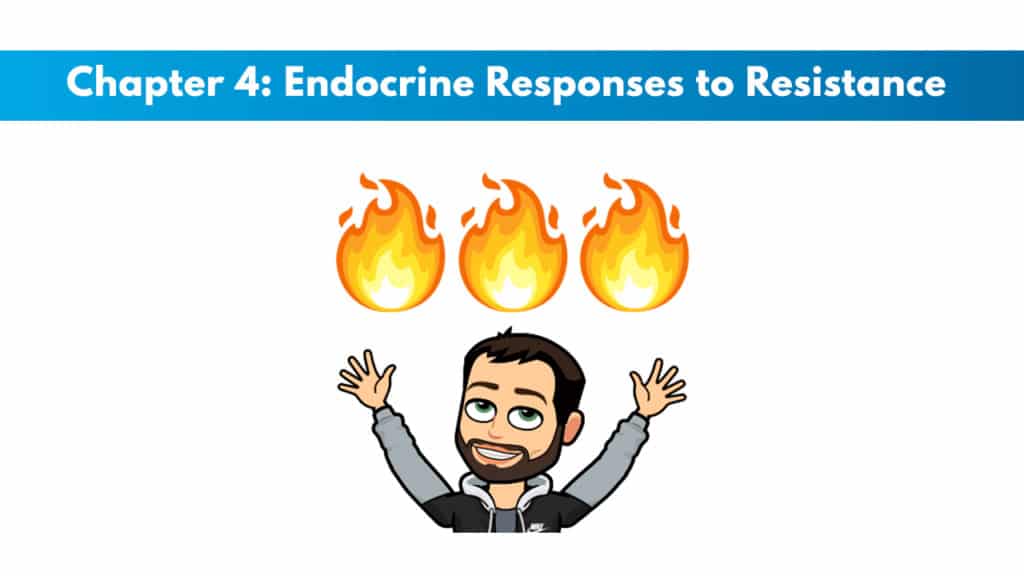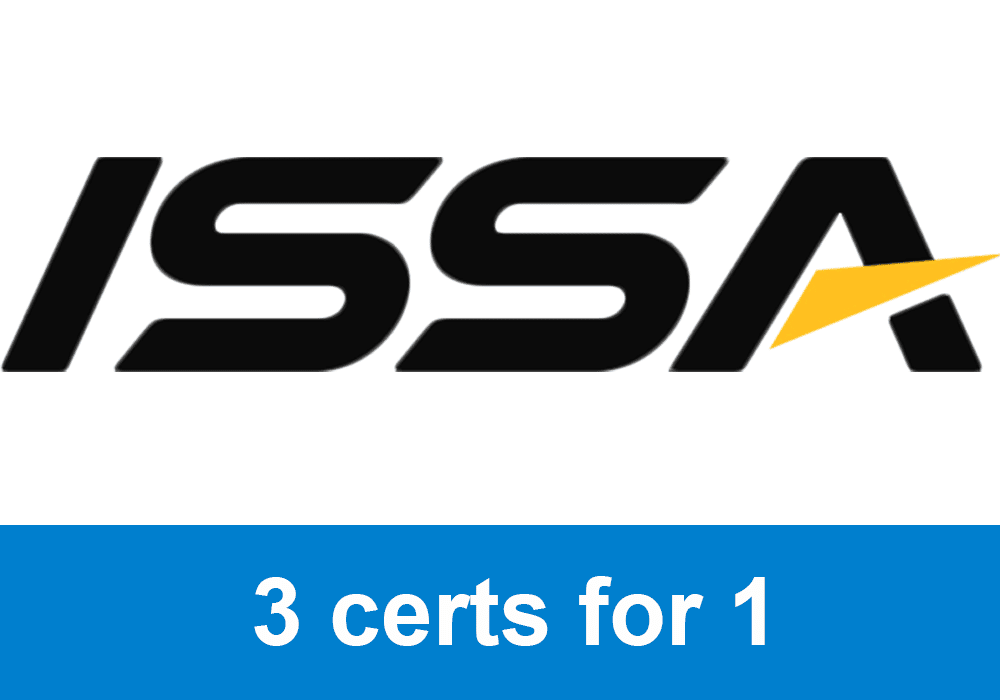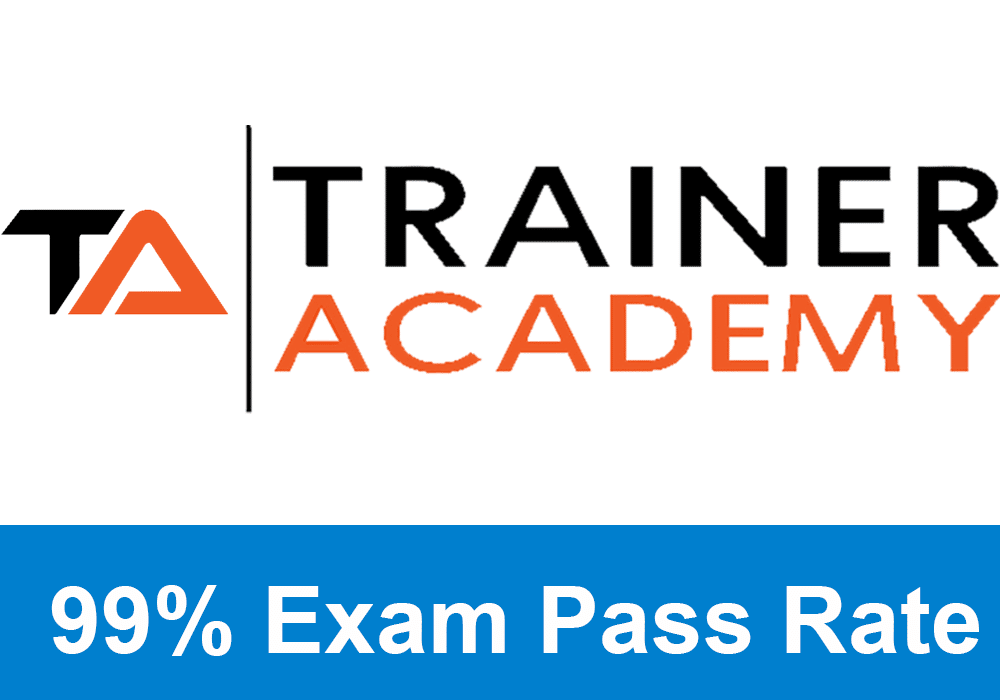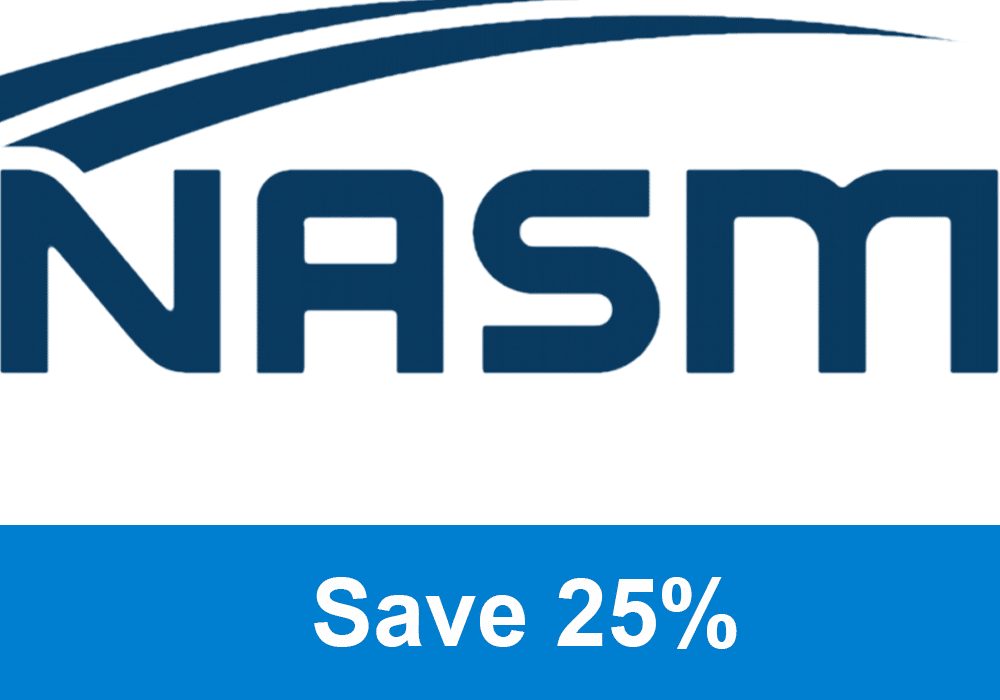
Get your copy of the NSCA CSCS exam cheat sheet. It helps immensely for studying for the exam.
My PTP students report cutting their CSCS study time and effort in half with Trainer Academy.
Benefit from the Exam Pass Guarantee and Retake Fee Guarantee. Plus, take advantage of my current discount code PTPJULY for 35% off the MVP Program (Ends July 17th, 2025).
Try it out for free here to see if it’s right for you, or read my detailed review for further insights.
Chapter Goals
- Reach an understanding of the concepts of endocrinology.
- Learn what hormones are and their interaction with other hormones, and the issues they target.
- Explain what anabolic hormones’ roles are.
- Learn the hormonal responses to resistance exercises.
- Make programs that can demonstrate an understanding of the endocrine responses in humans.
Theories state that it is possible to manipulate the endocrine system with resistance based training to enhance the development of some target issues; thus, it will improve performance.
- General adaptation syndrome relates to how the adrenal gland responds to noxious stimuli.
Synthesis Storage and the Secretion of Hormones
Hormones are the chemical messengers that we synthesize, store, and release in the blood from our endocrine glands and other specific cells.
The main endocrine glands are:
- Hypothalamus, Pituitary Gland, Thyroid Gland, Parathyroid Glands, Heart, Liver, Adrenal Glands, Pancreas, Kidneys, Testes in males, and Ovaries in females
Muscles targeted for Interaction with Hormones
Hormones are part of the signaling system in the body that manages the metabolic and cellular processes of muscles that result from resistance exercise and training.
Hormones are part of the protein synthesis and degradation that’s a part of muscle adaptations to resistance training.
Anabolic hormones are the hormones such as insulin, testosterone, and growth hormone. These hormones are used to promote tissue building.
Exclusive PTP CPT Offers |
||
|---|---|---|
Most Popular Cert | Best Online NCCA Cert | Best Study Materials |
Gold Standard Cert | A Good Option | Best CPT for you?  |
Catabolic hormones are hormones such as cortisol and progesterone. They are used to degrade cell proteins.
Role of Receptors in Mediating Hormonal Changes
Hormone signals are relayed to cells that only have specific receptors for that hormone.
Categories of Hormones
We have 3 main hormone categories: Steroids, Polypeptides, and Amines
Steroid Hormone Interactions
Steroids diffuse passively through the sarcolemma of muscle fibers.
It forms a hormone–receptor complex when binding with the receptor.
Polypeptide Hormone Interactions
These are made up of chains of amino acids. These are hormones like insulin and growth hormone.
These are not soluble in fat and cannot cross cell membranes.
Amine Hormone Interactions
These hormones are synthesized from tyrosine or tryptophan.
Mechanisms of Hormonal Interactions
Receptor interactions are greater when exercise acutely increases blood concentrations of the hormones.
Receptors are less sensitive when: The Physiologically affected function is closer to a genetic max. Resting hormone levels are elevated chronically because of diseases or exogenous drug use. Mistakes in the prescription of exercises are made.
Hormonal Change in Peripheral Blood
The mechanisms that contribute to changing the peripheral blood concentrations of hormones:
- Shift in fluid volumes
- Rate of tissue clearance changes
- The degradation of hormones.
- The pooling of venous blood
- Hormone interaction with binding proteins
Adaptations to the Endocrine System
Potential adaptations occurring with resistance exercise:
Exclusive PTP CPT Offers |
||
|---|---|---|
Most Popular Cert | Best Online NCCA Cert | Best Study Materials |
Gold Standard Cert | A Good Option | Best CPT for you?  |
- The levels of hormones synthesized and stored
- Transportation of the binding proteins and hormones
- How much time is required for hormones to clear the liver and other tissues
- The level of degradation to hormones over time
- The amount of blood to tissue fluid that shifts with stress from exercise
- The number of receptors found in tissues
Primary Anabolic Hormones
Three main hormones are involved in growing and remodeling tissue: Testosterone, Growth Hormone, And Insulin-like Growth factors.
Testosterone
This is known as the primary androgen hormone interacting with skeletal muscles.
It is responsible for Growth Hormone responses leading to the synthesis of new proteins and increased strength gains and size. This also leads to increased force production and also muscle mass.
Exercising with large muscle groups will result in an acute increase in serum total testosterone concentrations for men.
Free testosterone and Sex Hormone Binding Globulin
Higher bound testosterone gives the potential for higher levels of free testosterone.
Only free hormones can interact with the target tissues.
Testosterone responses in women
Women have between 15 and 20 times less testosterone than men. The acute increases following workouts are small.
Growth Hormone
This hormone is secreted in the pituitary gland.
Growth hormone interacts with target tissues directly. It interacts with things like bone, fat cells, skeletal muscle, immune cells, and liver tissue.
GH is regulated with neuroendocrine feedback.
GH release changes all of the time.
The use of Pharmacological GH is not known and has unpredictable results.
GH responses to stress
- GH responds to stress from exercise.
- The response depends on the load, rest, and volume.
- The release of GH is affected by resistance training protocol types. Short rest results typically in greater GH concentrations.
GH Responses in Women
- The concentrations and responses to GH vary with the menstrual cycle phases.
- Women have higher levels of GH in their blood.
Insulin-Like Growth Factors
Exercise responses
- These are most studied due to their role in protein anabolism.
- Exercise acutely increases blood levels of these.
The Adrenal Hormones
Cortisol
The role of cortisol: It converts the amino acids into carbs and increases enzyme levels for the enzymes that are used to break down proteins. It also inhibits the synthesis of proteins.
Resistance exercise Responses
- Cortisol increases during exercise
- Training reduces the negative effects associated with cortisol.
- Many differences in terms of acute and chronic responses to cortisol
- High volume, large muscle group, short rest period = larger serum cortisol
Catecholamines
The main one is epinephrine, but we also have norepinephrine and dopamine.
Their roles
- Used to increase the production of force through central mechanisms and also increase the activity of the metabolic enzymes.
- Muscle contraction time is increased.
- Blood pressure increases.
- The availability of energy increases.
- Blood flow is known to increase.
- Hormonal secretion rates are augmented.
Training adaptations
- During max exercise, heavy resistance has increased the athlete’s ability to secrete larger amounts of epinephrine.
Manipulating the Endocrine System with Resistance Training
Increasing Testosterone
- 2+ years of resistance training
- Heavier resistance in the range of 85-95% max
- Shorter rest intervals
- Higher volume of exercise
- Larger muscle groups utilized
Increasing GH
- High intensity, like 10 reps or heavy resistance
- 1 minute or fewer rest periods
- Diet supplementation of carbs and proteins both after and before your workouts
- 3 sets of every exercise
Optimizing Adrenal Hormone Responses
- Higher volumes
- Shorter rest periods
- Larger muscle groups
- A variety of these factors change often
Check out Trainer Academy for the best CSCS study materials. They even offer an exam pass guarantee. They have incredible study materials for the CSCS and I have a special limited-time discount for my readers. I also suggest you check out my review on Trainer Academy here.

 Have a question?
Have a question? 



Tyler Read
PTPioneer Editorial Integrity
All content published on PTPioneer is checked and reviewed extensively by our staff of experienced personal trainers, nutrition coaches, and other Fitness Experts. This is to make sure that the content you are reading is fact-checked for accuracy, contains up-to-date information, and is relevant. We only add trustworthy citations that you can find at the bottom of each article. You can read more about our editorial integrity here.